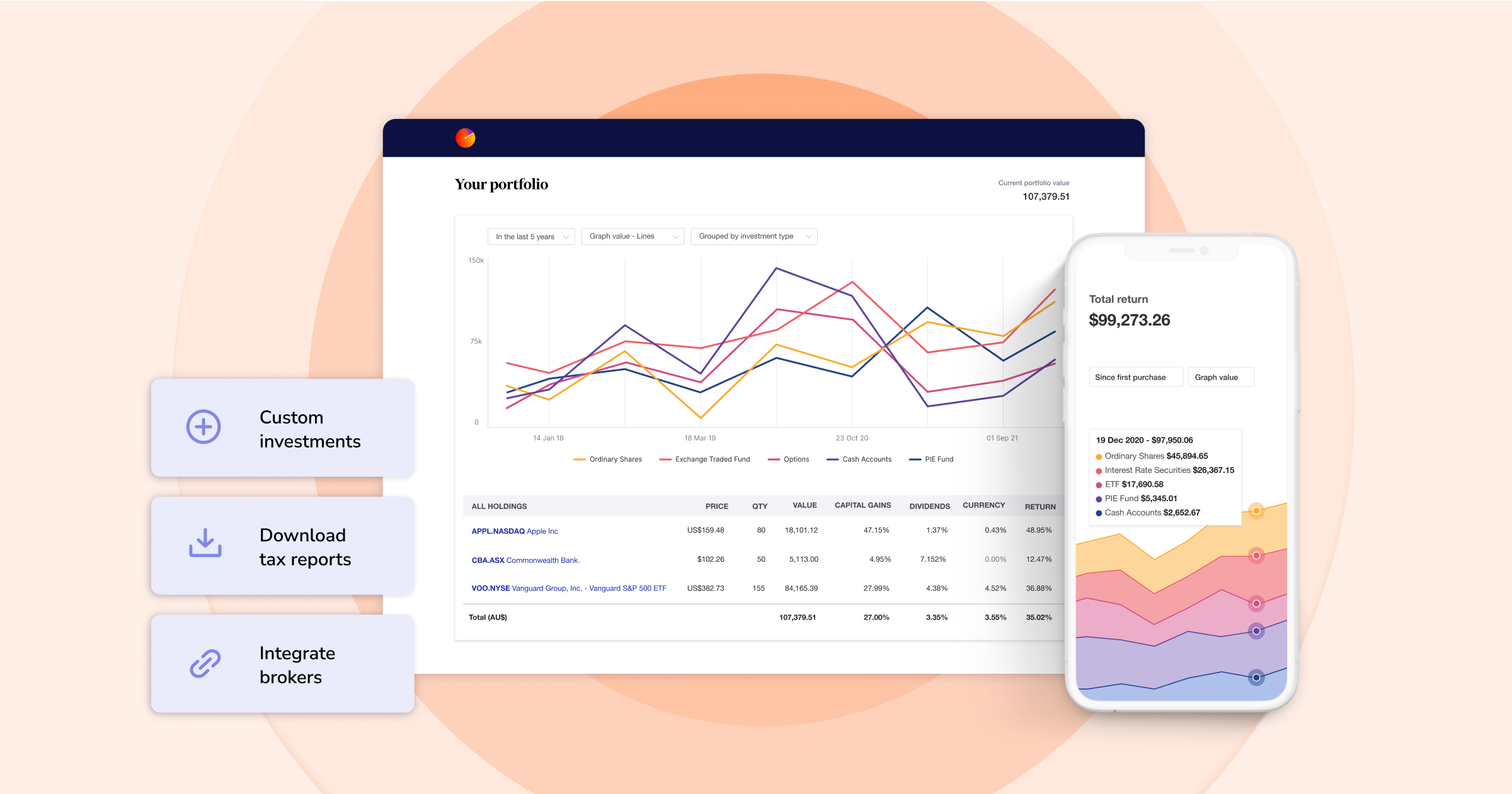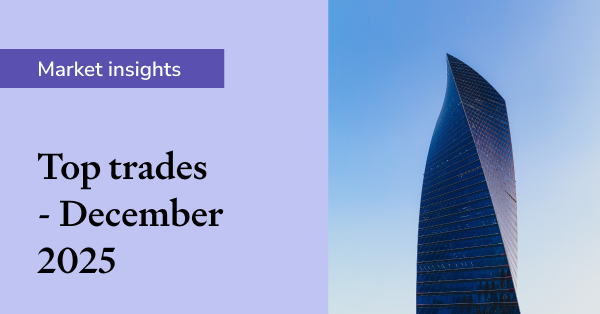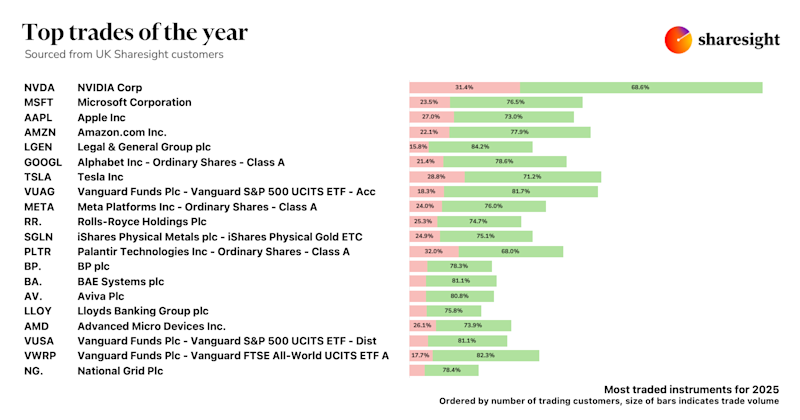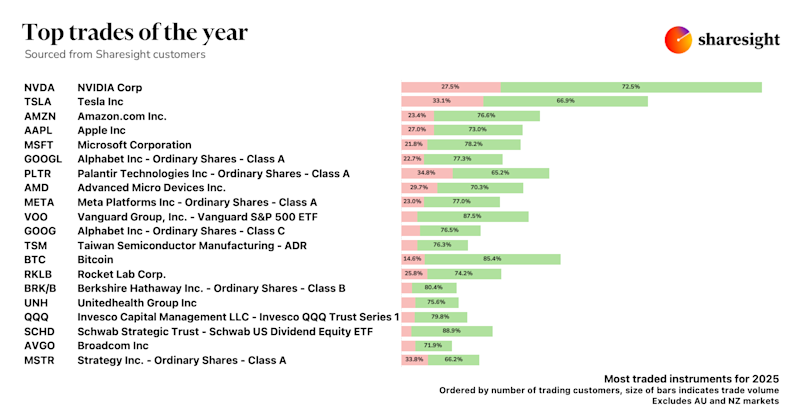An unexpected cost of running an SMSF
Disclaimer: This article is for informational purposes only and does not constitute a specific product recommendation, or taxation or financial advice and should not be relied upon as such. While we use reasonable endeavours to keep the information up-to-date, we make no representation that any information is accurate or up-to-date. If you choose to make use of the content in this article, you do so at your own risk. To the extent permitted by law, we do not assume any responsibility or liability arising from or connected with your use or reliance on the content on our site. Please check with your adviser or accountant to obtain the correct advice for your situation.
When my partner and I finally bit the bullet and decided to set up our SMSF a few years ago, we felt confident we knew everything we needed to know. We both had relevant professional experience and qualifications, and we’d been considering setting one up for years.
But real life has a way of humbling overconfident people.
Here’s how we uncovered an unexpected cost in managing our SMSF, and how we’ll be using Sharesight as part of our new ‘SMSF stack’.

The setup
As a cost-conscious self-directed investor, I searched extensively for the most efficient – not necessarily the cheapest – way to administer our SMSF when we were setting it up. After considering the options, we settled on a low-cost online administration service that covered setup, compliance, reporting, and tax.
With the administration service, easy access to products through online brokers, and our own skills and efforts, we managed to structure the fund to keep costs to a minimum.
This all went well for a while.
The unexpected surprise
But about a year after setting up the fund, we received a notice from the administrator. Despite making no changes to how the fund operated, the administration fee was set to increase. In fact, it would more than double.
As often happens with services with high switching costs – banks and utilities for example – we’d been lured in by an attractive introductory rate. While it had initially appeared to be a great deal, the costs were now comparable to going directly to a specialist accountant.
The missing ingredients
When considering switching away from an administration platform, it’s important to note that the services offered by an accountant are generally not exactly the same as a platform.
First, accountants will generally charge depending on the amount of work they’re doing. On the other hand, administration platforms use a significant amount of automation to manage the workload. As such, anything you can do as a trustee to reduce the workload for your accountant will save you money come tax time.
Second, while accountants usually produce annual statements for each member as part of the process, they don’t usually offer live or on demand reporting like many of the platforms.
Finally, accountants usually don’t include compliance assistance such as monitoring contribution limits, transfer balance caps and investment strategy, or providing support on specific issues.
The options
If, like us, you’ve come this far and decided it’s time to ditch the platform, you’re faced with two divergent paths.
Option 1: The accountant
If you choose to go with an accountant, you’ll likely find the cost is similar to or marginally more expensive than using a platform. There are infinite variables that can affect the cost, but for a fund with good records and a simple investment strategy, expect to pay somewhere in the region of $2,000 to $3,000 per year for financials and tax return.
Option 2: Do it all yourself
For the brave and motivated trustees, the tools now exist to fully take control of your SMSF. While technically there was never anything stopping a trustee from preparing the financials and tax returns, writing all their own legal documents, and producing member statements, the complexity and time costs previously made this prohibitive.
However, there are now software options that make the financials, tax returns, and member statements achievable for those without an accounting degree, and numerous lawyers and other services that allow the purchase of documents and forms as needed. Some will even monitor contribution limits and transfer balance caps!
Further considerations
Regardless of which path you choose, there are a few things you’ll need to arrange or consider:
Audit – superannuation law requires every SMSF to be audited annually. This must be completed by an independent, registered auditor, making it one of the few areas of SMSF management that you can’t do yourself. According to the ATO, the median audit fee in FY21 was $550. My own research has found prices to be generally in the range of $600 to $700 in 2024.
Compliance – some accountants may offer compliance services as part of their package, but if yours doesn’t, or you choose the ‘full DIY’ path, you’ll need to ensure your fund remains compliant. Thankfully, there are several platforms available online to help with this issue specifically. Expect to pay around $200-$300 per annum. You can also purchase forms and documents as required, with prices ranging from around $80 to $1,000 depending on the complexity of the documents.
Tracking and reporting – keeping records of asset disposals and acquisitions, dividends and distributions, corporate actions, and asset performance is a critical part of the mix. If you’re using an accountant, it can help keep costs down, or if you’re doing it yourself, it’s essential to keep on top of what’s happening in your fund.
And that’s where Sharesight can help. Sharesight can plug directly into your brokerage platform, and helps with:
- Organising your holdings to ensure compliance with your investment strategy
- Sharing information with your accountant to assist with financials, tax returns, and member statements
- Automatically tracking investment performance, including price movements, dividends and distributions, and exchange rate movements
- Producing CGT reports, income reports, and more.
The conclusion
We’re still deciding which is the right path for us – an unsatisfying ending, I know. But either way, Sharesight will form an important part of our fund administration from here.
About the author
Patrick Poke is the Founder and Director of PLP Finance Media. He was formerly Content Director and a member of the Investment Strategy and Research Group at Betashares, and Managing Editor at Livewire Markets. He has professional experience in investment platforms, industry superannuation, and insurance, and holds a Diploma of Financial Services (Self-Managed Superannuation), Diploma of Financial Planning, and Graduate Certificate in Applied Finance.
Track your SMSF with Sharesight
Built for the needs of SMSF trustees, Sharesight makes tracking your SMSF investments a breeze.
Sign up for a free Sharesight account and get started tracking your SMSF today.

FURTHER READING

Sharesight users' top trades – December 2025
Welcome to the December 2025 edition of Sharesight’s monthly trading snapshot, where we look at the top buy and sell trades by Sharesight users over the month.

Top trades by UK Sharesight users in 2025
Welcome to the 2025 edition of our UK trading snapshot, where dive into this year’s top trades by the Sharesight userbase.

Top trades by global Sharesight users in 2025
Welcome to the 2025 edition of our global trading snapshot, where we dive into this year’s top trades by Sharesight users around the world.